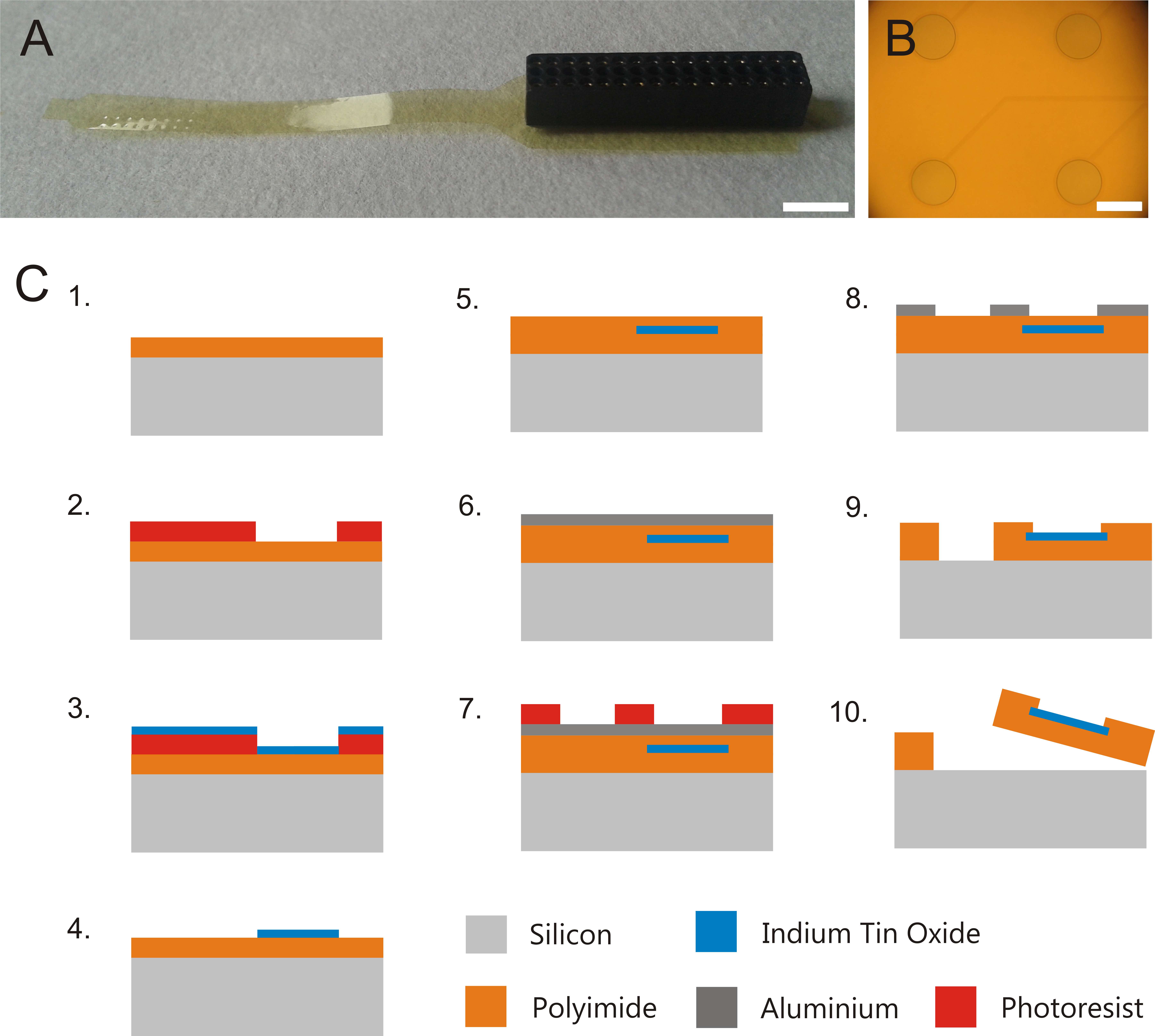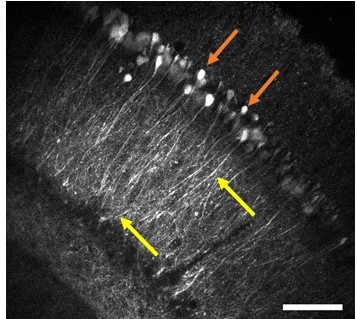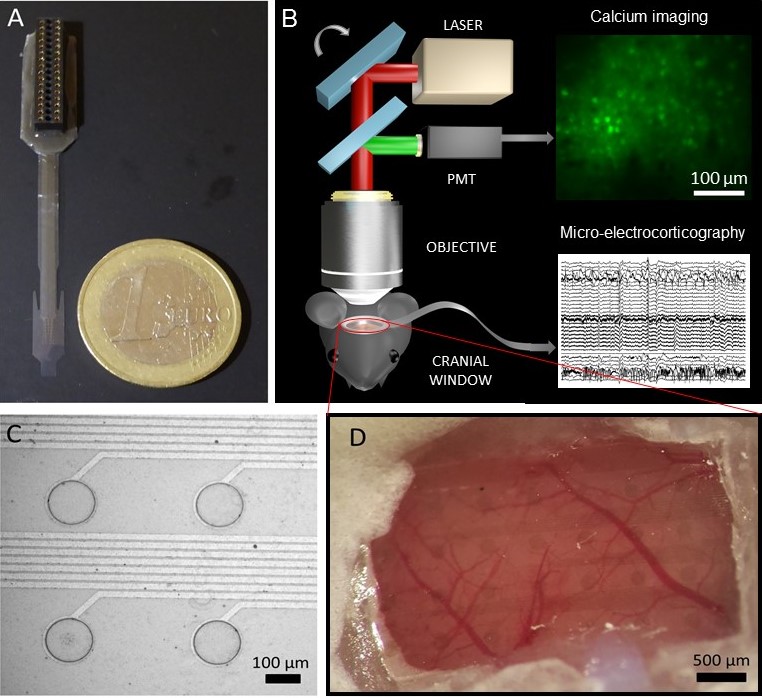


Our surface electrodes have been efficiently used in animal studies on oscillatory connectivity and were also validated in pharmacological experiments. Our recent goal is to create novel, flexible, minimally invasive microsystems that are capable of high-resolution electrical monitoring of cortical activity and can be combined with other emerging neuroimaging techniques like intrinsic optical imaging, ultrafast ultrasound localization microscopy or two-photon microscopy.
More details in the following papers:
A. Zátonyi, M. Madarász, Á. Szabó, T. Lőrincz, R. Hodován, B. Rózsa, Z. Fekete, Transparent, low-autofluorescence microECoG device for simultaneous Ca2+ imaging and cortical electrophysiology in vivo, Journal of Neural Engineerin 17 (2020) 016062
A. Zátonyi, F. Fedor, Zs. Borhegyi, Z. Fekete, In vitro and in vivo stability of black-platinum coatings on flexible, polymer microECoG arrays, Journal of Neural Engineering 15 (2018) 054003
A. Zátonyi, Zs. Borhegyi, M. Srivastava, D. Cserpán, Z. Somogyvári, Z Kisvárday, Z. Fekete, Functional brain mapping using optical imaging of intrinsic signals and simultaneous high-resolution cortical electrophysiology with a flexible, transparent microelectrode array, Sensors & Actuators B-Chemical 273 (2018) 519-526
